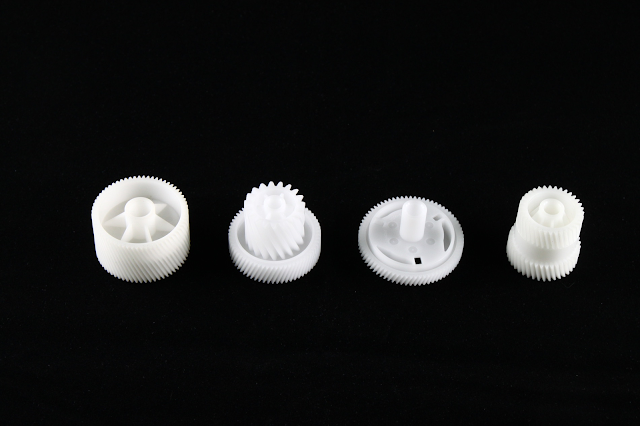Understanding CNC Machining: Precision Manufacturing at Its Best

CNC machining, short for Computer Numerical Control machining, is a manufacturing process that uses computerized controls to operate tools like drills, lathes, and mills. It’s widely used in industries such as automotive, aerospace, electronics, and medical device manufacturing, thanks to its ability to produce highly precise and consistent parts. How CNC Machining Works At the heart of CNC machining is a digital design, typically created using CAD (Computer-Aided Design) software. This design is then converted into a set of instructions using CAM (Computer-Aided Manufacturing) software. These instructions guide the CNC machine's tools to cut, shape, or drill the material into the final part with exact specifications. The process can be used on a variety of materials, including metals (like aluminum, steel, and titanium), plastics, wood, and composites. CNC machines operate with extreme accuracy, often achieving tolerances within thousandths of an inch. Types of CNC Machining Mill...





